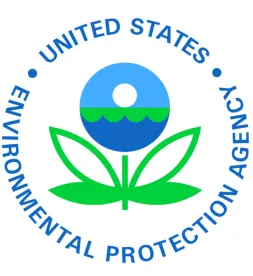On September 29, 2022, the U.S. Environmental Protection Agency (EPA) issued final significant new use rules (SNUR) under the Toxic Substances Control Act (TSCA) for certain chemical substances that were the subject of premanufacture notices (PMN), including multi-walled carbon nanotubes (MWCNT) (generic). 87 Fed. Reg. 58999. The SNUR requires persons who intend to manufacture (defined by statute to include import) or process the chemical substance identified generically as MWCNTs (PMN P-20-72) for an activity that is designated as a significant new use to notify EPA at least 90 days before commencing that activity. Persons may not commence manufacture or processing for the significant new use until EPA has conducted a review of the notice, made an appropriate determination on the notice, and taken such actions as are required by that determination. The SNUR will be effective on November 28, 2022.
Under the final SNURs, the significant new uses are:
-
Protection in the workplace: Requirements as specified in 40 C.F.R. Section 721.63(a)(1), (a)(3) through (5), and (c). When determining which persons are reasonably likely to be exposed as required for Section 721.63(a)(1) and (a)(4), engineering control measures (g., enclosure or confinement of the operation, general and local ventilation) or administrative control measures (e.g., workplace policies and procedures) shall be considered and implemented to prevent exposure, where feasible. For purposes of Section 721.63(a)(5), respirators must include an N-100, P-100, or R-100 cartridge and provide a National Institute for Occupational Safety and Health (NIOSH) assigned protection factor (APF) of at least 50.
-
Hazard communication: Requirements as specified in 40 C.F.R. Section 721.72(a) through (d), (f), (g)(1), (g)(3), and (g)(5). For purposes of Section 721.72(g)(1), this substance may cause: eye irritation; respiratory sensitization; skin sensitization; carcinogenicity; and specific target organ toxicity. For purposes of Section 721.72(g)(3), this substance may cause unknown aquatic toxicity. Alternative hazard and warning statements that meet the criteria of the Globally Harmonized System of Classification and Labeling of Chemicals (GHS) and Occupational Safety and Health Administration (OSHA) Hazard Communication Standard (HCS) may be used.
-
Industrial, commercial, and consumer activities: Requirements as specified in Section 721.80(f), (k), and (t). It is a significant new use to import the substance such that the maximum weight percentage of the confidential impurity exceeds the confidential percentage specified in the Order. It is a significant new use to import the substance other than as confidentially described in the PMN and allowed by the Order. It is a significant new use to process or use the substance in application methods that generate a dust, mist, spray, vapor, or aerosol unless such application method occurs in an enclosed process.
-
Disposal: Requirements as specified in Section 721.85(b)(1), (b)(2), (c)(1), and (c)(2). It is a significant new use to release the PMN substance directly to air.
-
Release to water: Requirements as specified in Sections 721.90(a)(1), (b)(1), and (c)(1).




 />i
/>i

